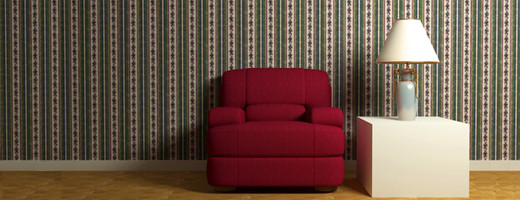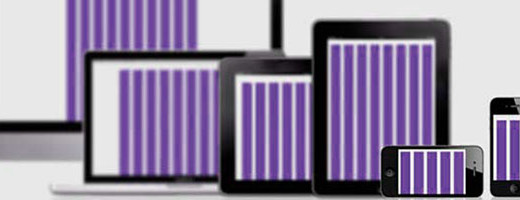Approach to Design a Content Management System
0A Content Management System (CMS) is a set of tasks, processes or procedures that helps the members to complete their assignment in an orderly manner. It is best suited for a collaborative work environment or in cases where one person’s work is dependent on the completion of another task.
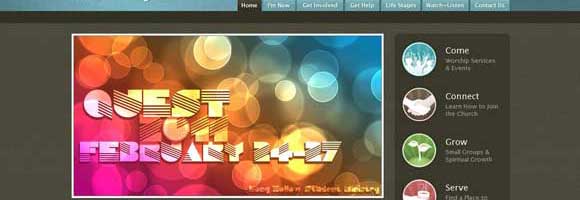
This important tool has made rapid strides in the last few years due to globalization and virtual work environment spread across different nations.This surge in the popularity of CMS has also increased the demand for a thoughtful and user-friendly design.
Understanding the CMS
As a designer, the first step towards designing a CMS is to understand what it is and how it works. Only when you have a good perspective of its purpose, you can come up with designs that are user-friendly and appealing to the users of the system.
The core element of any CMS is data and this can be in the form of words, images, movies, audio files, documents and just about anything that needs to be uploaded to a website or application. The CMS is mainly used for working on this data like storing, retrieving, displaying and enriching the content. It is designed for convenience for people with any level of skill. Mostly, the cosmetic work of a website which is adding and changing of images, content and videos are done by non-technical users. As a designer, this is the major aspect that you should keep in mind. Your design should be so lucid and simple that even a non-technical user should be able to use it with ease. Along with simplicity, your design should also be attractive and eye-catching so that it can lure more and more people to make use of this technology to their advantage.
Another use of a CMS is to keep track of all changes and revisions made to the content in the website including images, videos and other forms of data. Your design should make this navigation also easy and at the same time comprehensive.
Control and Consistency
One major factor that should be kept in mind is the level of control you want to give to different kinds of users. The system should allow people to edit only some parts of a web page while the others like the header and navigation menu should be constant through all pages. Therefore, understanding this level of control is equally important while designing a CMS.
Consistency is the key to make a web page unique and give users a comfortable look and feel. Any visitor of the web page would want the navigation menus at the same place through all the pages because it just makes it easy for them to find what they want.
The example shown below is a German site that specializes in selling different kinds of flooring. It uses a popular CMS called Joomla. The header, including the name of the company, the navigation headings and the contact number are consistent across the pages. Users should be given control to edit only the remaining parts of the page including the layout and content. This control can be exercised only by the designer of a CMS.
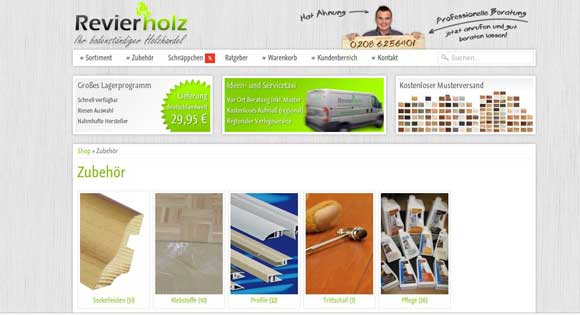
Flexibility
Flexibility is the cornerstone of a CMS. Each page of a website can have a different layout depending on the needs of the page as well as the imagination of the content editors. Your design should be able to incorporate any kind of layout. For example, let us assume that you allocated a certain width and height for text in the web page. If the content editor needs to add more content, then your design becomes a chaos because other data elements on the page like images have to be moved. One particular problem that many CMS face is grid layouts. They make the web page so rigid that it gets difficult to add or remove new elements and this result to a big problem for content editors. To prevent these problems, you have to design a CMS that adapts to any kind of layout and flexible boxes that can be moved around freely so that the content editors find it easy to add any kind of data.
In the example shown below, you can see that the three pages of the same website have different layouts to incorporate data and images. So, if you have the same length of text space allocated for each page then, your design will backfire. Flexible design makes it possible for the content editors to add any data element to any part of the page. Therefore, you should keep this flexibility aspect in mind while designing a CMS.
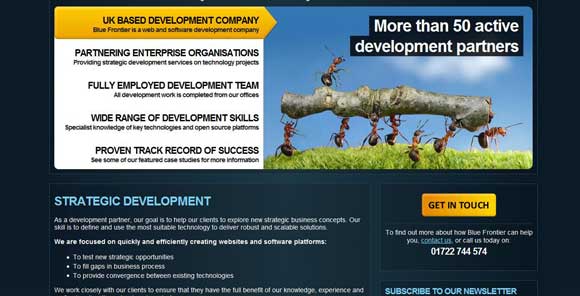
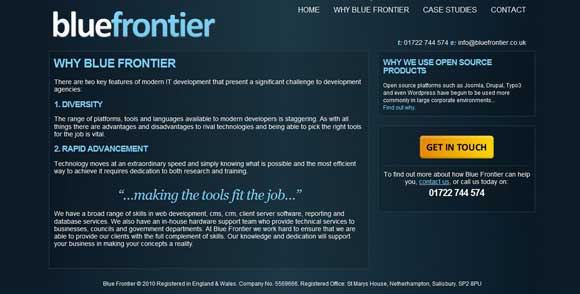
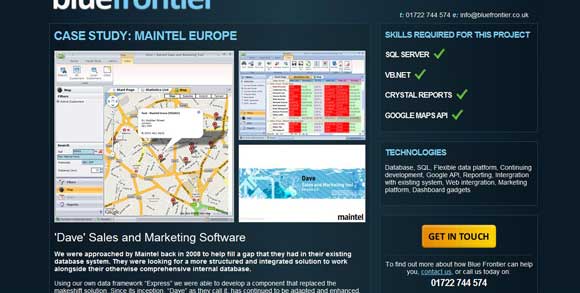
Navigation
Navigation is an integral part of a website. It is a good idea to talk to the developers and to the content editors before you design a CMS to have a better idea of how much functionality and control they need over the navigation links. Some content editors may want greater control because they would want to add links to a new promotional event that is being developed by the developers. In such cases, your navigation should also be flexible and the editors should have a greater control over it.
Also, your design can be dictated to a large extent by the amount of control that the editors need. For example, if the content editors want to add more navigation links in the future, then you may have to avoid tabs for navigation links because as more tabs are added they will wrap into the next line and can make the entire website look messy. You may have to go for links or buttons on the right or left hand side of the page that are listed down one after the other. This way, the design will still look consistent and good even when more links are added.
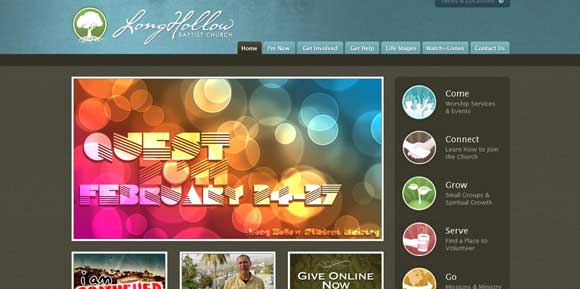
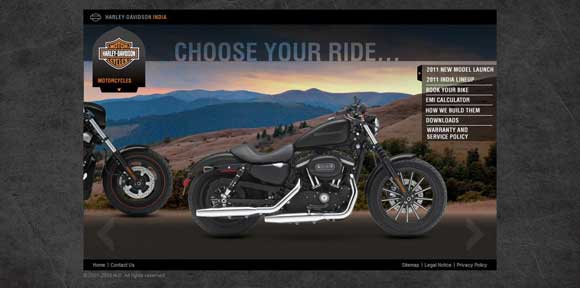
In the first example, the navigation links are in the form of tabs and this would work only if the editors are not planning to add more tabs in the future. On the other hand, the second example allows more flexibility to add navigation links in the future. So, depending on the need of the editors and developers, the CMS should have different design options for navigation.
CSS and HTML
Your CMS should include every kind of HTML and CSS style element that exists. Also, assume that the elements can be stacked in any order on the web page and so provide a design that will blend any kind of element in any order possible. So, it’s important that your CMS includes style sheet for all HTML elements – individual and stacked.
Conclusion
In short, designing a CMS is much more challenging than it may seem. The above pointers can go a long way in making the design simple and yet effective to suit the needs of different groups of people who may be using them.


